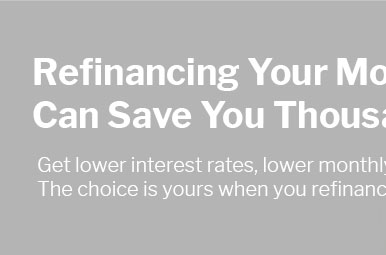 |
 |
 |
 |
|---|
 |
||
|---|---|---|
 |
||
 |
||
 |
||
 |
||
 |
 |
 |
 |
 |
 |
no cost refinance mortgage rates explained for smart homeownersWhat 'no cost' really meansNo cost' usually means the lender uses credits to cover third‑party fees, and you accept a slightly higher interest rate instead of paying cash at closing. You still pay over time. Compare the APR, not just the rate, to see the true trade‑off. When the trade‑off makes senseIt can shine if you plan to sell or refinance again soon, need to preserve cash, or want flexibility in a volatile rate market. If the higher rate costs less than upfront fees over your expected timeline, it’s a win. How to compare offersRequest same‑day quotes, review the loan estimate line by line, and ask what rate buys enough credit to erase costs versus paying points.
Quick tipA rough guide: if $5,000 in fees are offset by a 0.25% higher rate, and you’ll exit within 2–3 years, the no cost path often saves more cash overall. https://www.reddit.com/r/Mortgages/comments/1eu7kbq/what_does_no_cost_refinance_mean/
You'll then get those credits to pay the closing costs. The CFPB says lenders cannot call it free because there are costs that are credited, but ... https://www.consumerfinance.gov/ask-cfpb/is-there-such-a-thing-as-a-no-cost-or-no-closing-loan-or-refinancing-en-141/
There are services rendered and costs related to originate all mortgages, but some lenders or mortgage brokers may offer you a loan that is ... https://money.usnews.com/loans/mortgages/articles/the-true-cost-of-a-no-cost-mortgage-refinance
"A no-cost refinance typically means the lender offers a higher-than-market rate in exchange for covering some or all the applicant's closing ...
|
|---|